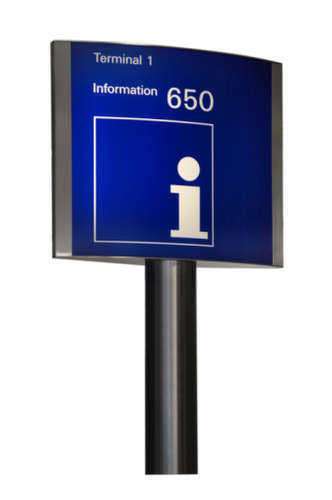Breaking: Urgent Updates on the Eviction Moratorium Crisis Unfolding
The ongoing eviction moratorium crisis has reached a critical juncture, prompting urgent discussions among policymakers, tenants, and landlords alike. As the effects of the COVID-19 pandemic continue to ripple through the economy, the expiration of eviction protections has left many vulnerable individuals at risk of losing their homes. This article aims to provide a comprehensive overview of the current status of the eviction moratorium, recent developments, and the implications for all stakeholders involved.
Understanding the Eviction Moratorium: Key Facts and Current Status
The eviction moratorium, initially enacted as a response to the COVID-19 pandemic, was designed to prevent landlords from evicting tenants who were unable to pay rent due to economic hardships. The Centers for Disease Control and Prevention (CDC) issued a nationwide moratorium in September 2020, which was extended multiple times but ultimately expired in August 2021. Since then, various states and local jurisdictions have implemented their own moratoriums, but many of these protections are set to expire or have already lapsed. As of now, the landscape is fragmented, with some areas still offering protections while others are witnessing a surge in eviction filings, highlighting the urgent need for a cohesive national strategy to address the ongoing crisis.
Recent Developments: Government Actions and Legal Challenges Explained
In recent weeks, federal and state governments have taken significant actions to address the eviction crisis, including the introduction of new legislation aimed at providing additional rental assistance and extending moratoriums in certain areas. However, these efforts have faced legal challenges, with some landlords contesting the legality of eviction bans and arguing that they infringe on property rights. Courts across the country have issued mixed rulings, leading to uncertainty for both tenants and landlords. Additionally, the Biden administration has called for increased funding for rental assistance programs, but the distribution of these funds has been slow, leaving many tenants without the support they desperately need.
Impact on Tenants: How the Eviction Moratorium Affects Vulnerable Populations
The expiration of the eviction moratorium has had a profound impact on vulnerable populations, particularly low-income families, people of color, and those with disabilities. Many tenants who were previously protected are now facing the threat of eviction, which can lead to homelessness, job loss, and long-term economic instability. The psychological toll of uncertainty and fear of eviction can exacerbate mental health issues, further complicating the situation for those already struggling. Advocacy groups have reported an uptick in requests for assistance, highlighting the urgent need for comprehensive support systems to help tenants navigate this precarious landscape.
Landlord Perspectives: Economic Pressures and Responses to the Moratorium
Landlords, particularly small property owners, have also felt the strain of the eviction moratorium. Many rely on rental income to cover mortgage payments, property taxes, and maintenance costs. With tenants unable to pay rent, some landlords have faced financial ruin, leading to a growing number of properties falling into disrepair or being sold off at a loss. In response, some landlords are advocating for more flexible payment plans and increased access to rental assistance programs to help bridge the gap. However, the tension between tenants and landlords remains palpable, as both parties grapple with the economic realities of the post-pandemic housing market.
Community Resources: Support Services Available for Affected Individuals
In light of the ongoing eviction crisis, numerous community resources have emerged to support affected individuals and families. Nonprofit organizations, legal aid societies, and local government agencies are working tirelessly to provide rental assistance, legal representation, and housing counseling services. Many cities have established emergency funds to help tenants cover overdue rent, while others offer mediation services to facilitate communication between landlords and tenants. Additionally, outreach programs are being implemented to ensure that vulnerable populations are aware of their rights and available resources, emphasizing the importance of community support in navigating this challenging period.
Future Outlook: Predictions and Potential Solutions for the Eviction Crisis
Looking ahead, experts predict that the eviction crisis will continue to evolve, with potential spikes in eviction filings as protections wane. However, there is hope for a more coordinated response to the crisis. Policymakers are being urged to consider comprehensive housing reforms, including the expansion of affordable housing initiatives and the establishment of a permanent rental assistance program. Additionally, there is a growing recognition of the need for a balanced approach that addresses the concerns of both tenants and landlords. By fostering collaboration between stakeholders and prioritizing equitable solutions, there is potential to mitigate the long-term impacts of the eviction crisis and promote housing stability for all.
As the eviction moratorium crisis unfolds, it is imperative for all stakeholders—government officials, tenants, landlords, and community organizations—to engage in constructive dialogue and seek collaborative solutions. The challenges posed by the expiration of eviction protections are significant, but with concerted efforts and innovative approaches, there is potential to create a more equitable housing landscape. The time for action is now, as the well-being of countless individuals and families hangs in the balance.


















